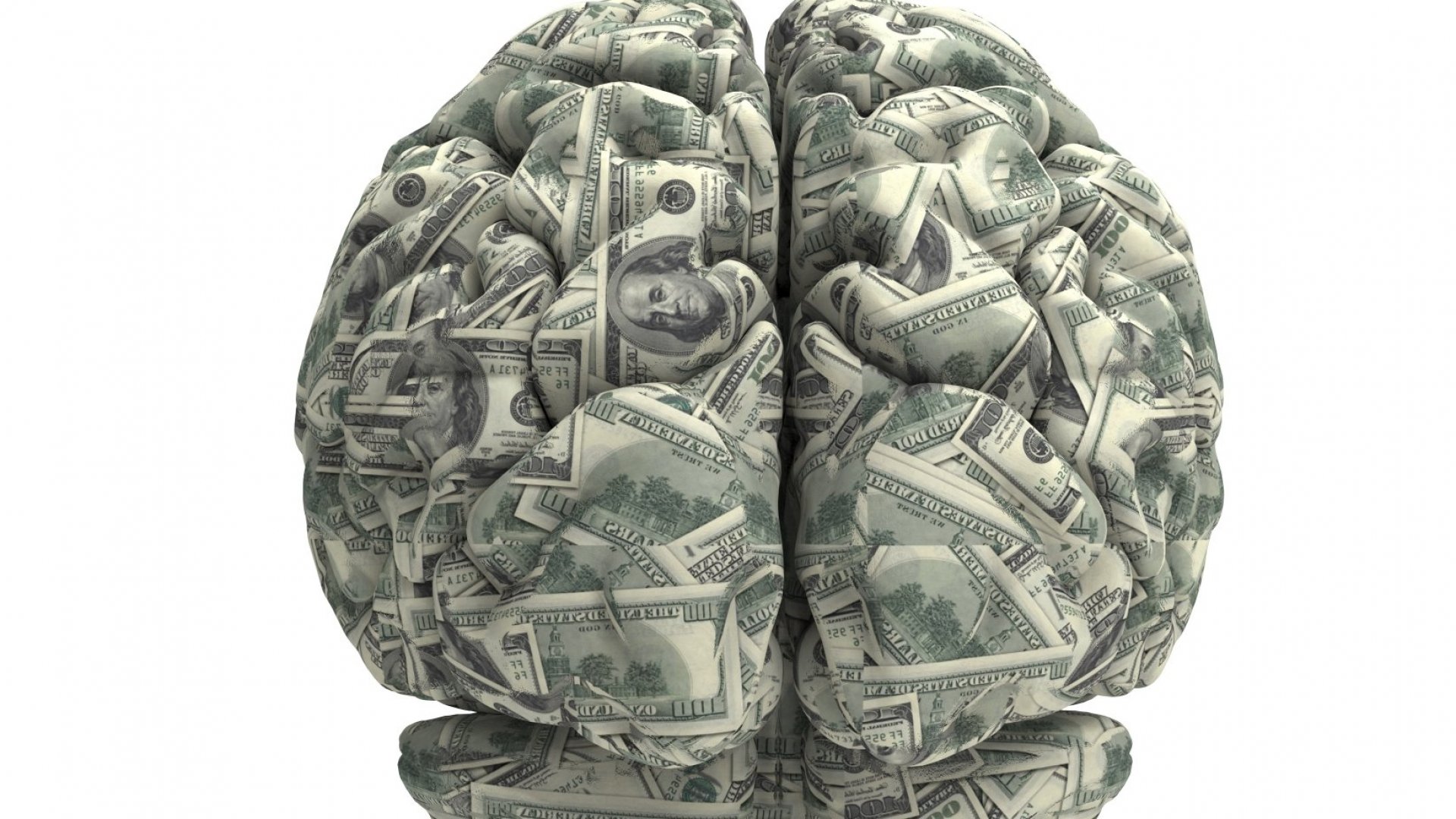
Building on yesterday’s idea of the future world, where our brains are connected 24*7 in real-time to the network, what would that mean for financial services?
Well, I’ve blogged about this a few times already:
Specifically, if we think of money as part of our brain, bear in mind that money is just a belief ... but here is a variation of the likely scenario in the near-term future. There are at least six key forms of intelligent payments developing in the future. All of these form factors are based upon our lifestyle and movement, and things we do today. They are just done in a different way. There are no cards, cheques, cash or physical payment systems. In fact, there are no apps, swipes, touch or telephone calls. It’s all just smooth … it’s a smile, nod and wink … it’s a no-brainer.
Well, actually it’s not a no-brainer. It needs your brain to be there for it to work. But here are the five sorts of things most consumer accounts might operate in the years to come:
- Automated payments – no brain required.
- Mindread payments – brain required, but no action needed.
- Mind-driven payments – brain required and a thought.
- Conscious payments – brain required and a specific approval.
- Alerts – brain required and a conscious decision.
- Verified payments – brain required and a physical movement.
Automated payments are what they way they are – the usual payments you’ve set up to make every day, week or month. Subscriptions, direct debits, standing orders and regular payments that you just don’t want to think about. To set them up may be different – you just tell the network that there’s a new regular payment – but that would take less than a minute. The network would take your thought instructions, set up the regular payments, link it to your account and the account of the company or individual that needs paying … and that’s it! All done. Forget complex form-filling. The system takes care of the whole thing for you.
Automated payments replace account-based payment plans, using instructions by thought instead of forms.
Mindread payments are when you are out and about, on the go. Today, you might by card, contactless, via an app or even with cash. Forget all that. Tomorrow, you just walkabout and only have to take an action if you disagree with the transaction. The sales assistant gives you the bag with your new sweater and shows you the amount. You just walk away as the bill is paid because you saw it. The waiter shows you the bill for the meal and you just walk away. The bill is paid because you saw it. You get the idea. The only time you don’t walk away is when you want to challenge the bill.
Mindread payments are the replacements for contactless, card and cash payments.
Mind-driven payments require action. These are payments that are more complex, such as sending money from your domestic account to an overseas account. The foreign exchange (FX) transaction requires an approval, and so you have to think YES! to confirm.
Mind-driven payments replace keyboard-driven payments.
Conscious payments are very similar to mind-driven payments, but now require a physical action to process. This might be for a larger transaction, such as paying a few thousand dollars to someone you have not dealt with before. Approval would require you to raise your index finger to your cheek, by way of example. This is a specific prompt – do you approve this payment to Jane? – and a specific response – the touch cheek approval.
Conscious payments replace text and email.
Alerts are when suspicious activity is traced on your account. An alert appears in your head, and you simply reply yay or nay. Alerts may be to do with processing issues, incorrect account details, possible overdraft issues in the near future and the things we already deal with today. The difference is that you simply need to think cover (move funds from savings), resolve (sort out the account details and tell me what you find) and contact (get in touch with me direct via thought or other methods including, even, a phone call!).
Alerts are now in your head and not on your phone.
Verified payments occur when there is a very specific question about a transaction on your account. The bank wants a specific confirmation from you before they will process. The action could be a wink, as a nod is a good as a wink*, but it demands that you make a physical movement before the bank will process.
Verified payments are fast and immediate, with no device required.
As can be seen, the whole process is now taking place inside your head and body. There are no external devices involved, and that is the point of embedded, invisible, intelligent finance. After all, my grandfather never had to carry a laptop and phone around, so why should I?
* Note:
- nod (noun): lowering and raising one's head to indicate understanding or to give a signal
- wink (noun): closing and opening one eye quickly, often as a signal
Chris M Skinner
Chris Skinner is best known as an independent commentator on the financial markets through his blog, TheFinanser.com, as author of the bestselling book Digital Bank, and Chair of the European networking forum the Financial Services Club. He has been voted one of the most influential people in banking by The Financial Brand (as well as one of the best blogs), a FinTech Titan (Next Bank), one of the Fintech Leaders you need to follow (City AM, Deluxe and Jax Finance), as well as one of the Top 40 most influential people in financial technology by the Wall Street Journal's Financial News. To learn more click here...

